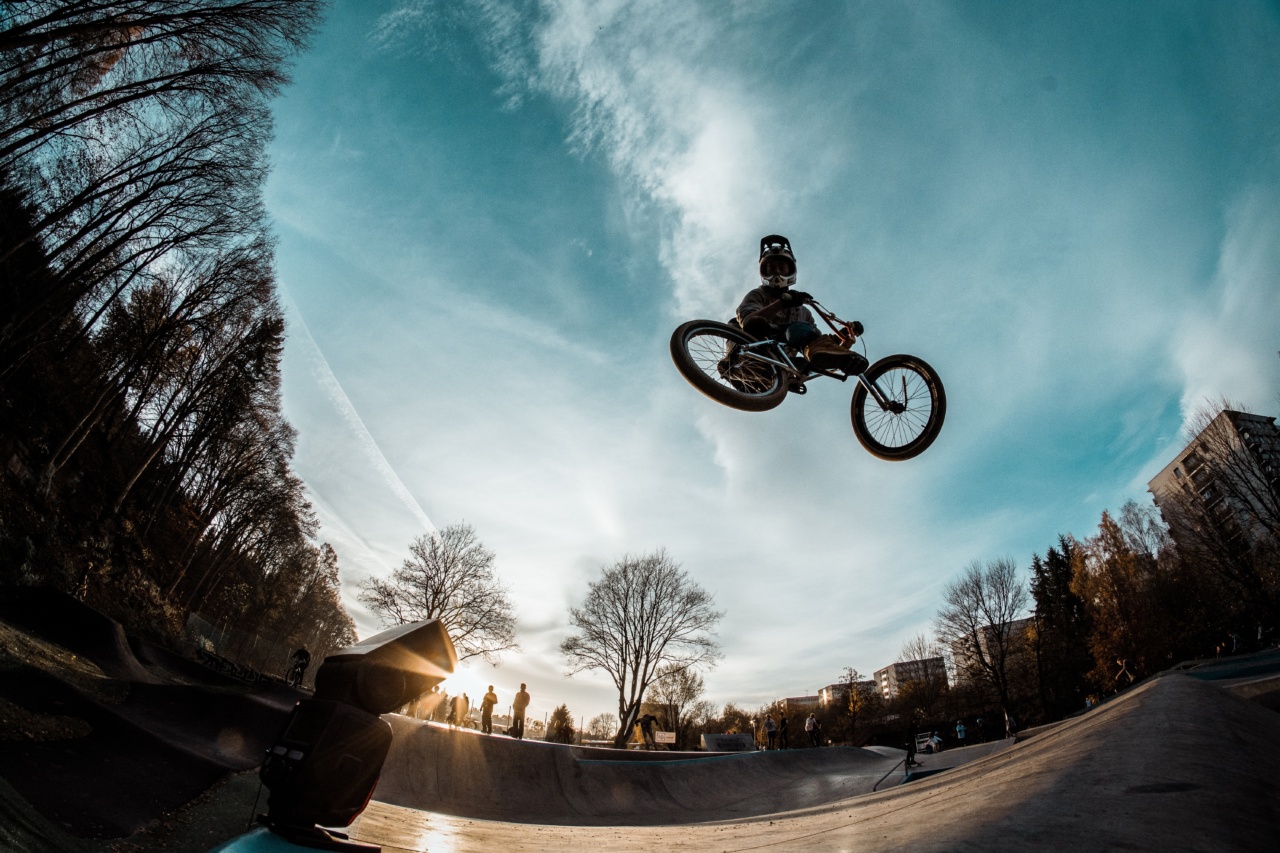Every dog owner wants their furry friend to succeed in whatever activity they are passionate about, including riding. Whether it’s in the show ring or on the trails, there are numerous ways to improve your dog’s riding success.
In this article, we will discuss top tips and tricks to help you and your dog reach new heights together.
1. Start with Basic Training
Before your dog can become a successful rider, they need to be well-trained in basic obedience commands. This includes commands such as sit, stay, and come. A well-behaved dog is more likely to excel in any activity, including riding.
2. Introduce Your Dog to the Saddle
Once your dog is comfortable with basic obedience commands, it’s time to introduce them to the saddle. Start by letting your dog sniff and investigate the saddle. Gradually introduce more components, such as the girth, stirrups, and reins.
Use positive reinforcement to create a positive association with the saddle.
3. Desensitize Your Dog to Riding Gear
Dogs can be sensitive to new sensations, so it’s important to desensitize them to riding gear. Start by gently touching and handling items such as helmets, boots, and riding crops while rewarding your dog for calm behavior.
Gradually increase the intensity of the sensations to ensure your dog remains calm and comfortable.
4. Get Your Dog Used to Riding Sounds and Movements
Riding can involve various sounds and movements that may startle your dog. To prepare them for these experiences, expose them to riding sounds such as hoofbeats, saddle creaking, and bridle jingling.
Gradually expose your dog to movements associated with riding, such as mounting and dismounting, as well as the swaying motion of a rider in the saddle.
5. Teach Your Dog Riding Signals
Just like horses, dogs can be taught specific signals to follow while riding.
This can include commands such as “walk,” “trot,” “canter,” and “halt.” Consistently reinforce these signals during rides, and use positive reinforcement to reward your dog for correct responses. This will help your dog understand and execute commands confidently.
6. Gradually Introduce Your Dog to Riding Environments
Start with calm, controlled environments to introduce your dog to riding. This may involve riding in a quiet arena or enclosed space with minimal distractions.
Gradually expose your dog to different riding environments, such as trails or showgrounds, while ensuring their comfort and safety. This gradual exposure will help your dog adapt and succeed in various riding settings.
7. Socialize Your Dog with Other Riders and Animals
Dogs that are accustomed to riding alongside other riders and animals are more likely to succeed in riding activities. Take the time to socialize your dog with other riders and their horses.
This can include group rides or attending riding events where your dog can become familiar with the sights, sounds, and interactions associated with riding.
8. Incorporate Regular Exercise and Training Sessions
In order to enhance your dog’s riding success, it’s essential to incorporate regular exercise and training sessions. A physically fit and mentally stimulated dog is more likely to excel in riding activities.
This can include regular walks, runs, obedience training, and specific riding-focused exercises.
9. Seek Professional Guidance
If you’re just starting your dog’s riding journey or facing specific challenges, seeking professional guidance can be immensely helpful.
An experienced dog trainer or riding instructor can provide personalized advice, address any issues, and offer valuable insights to enhance your dog’s riding success.
10. Celebrate Small Achievements and Have Fun!
Lastly, remember to celebrate every small achievement along the way and enjoy the journey with your dog. The bond between a rider and their dog is unique and special.
By focusing on positive reinforcement, patience, and consistency, you will witness your dog’s riding success flourish.






























